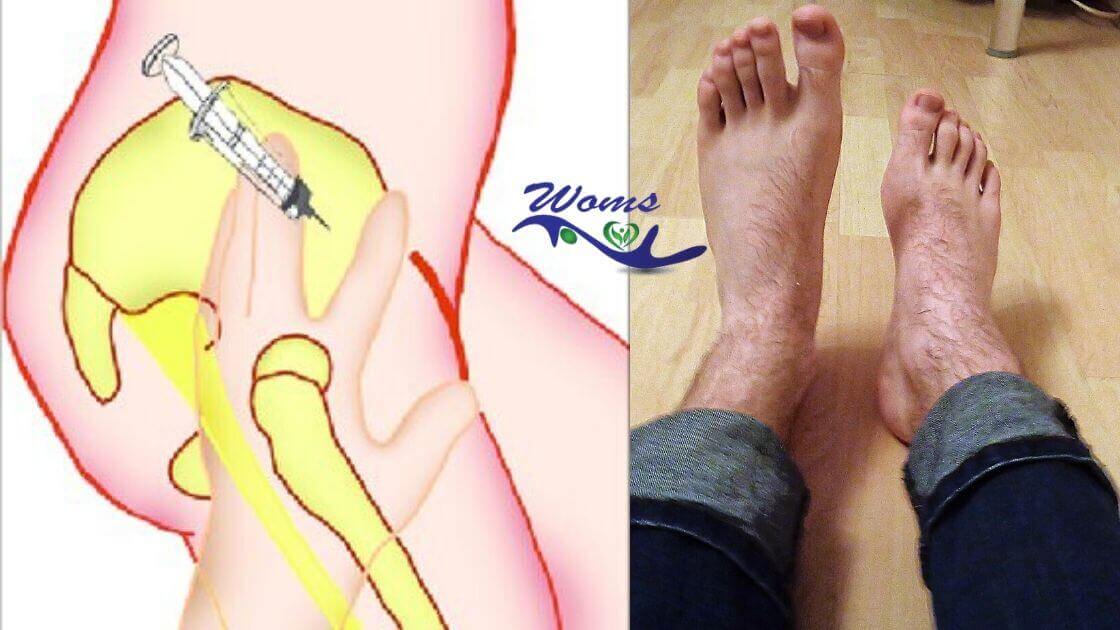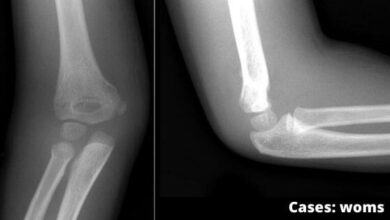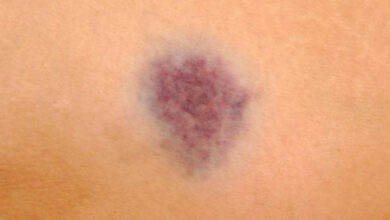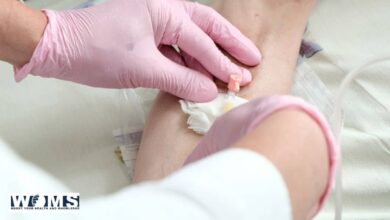Case: Numbness and tingling sensations in his lower limb (foot drop)

A 57-year-old patient was given a course of antibiotics by the intramuscular injections in his left gluteal region during his admission in the hospital. A week after discharge from the hospital, he experienced numbness and tingling sensations in his left lower limb down along the posterior aspect of the thigh and along the lateral sides of the leg and dorsum of the foot.
On examination, the doctors found impaired skin sensation along the lateral side of the leg and the dorsum of the foot. When asked to walk his left foot tended to catch on steps. While sitting on the chair with feet off the ground his left foot assumed a plantar-flexed position (foot drop).
Questions
- Name the nerve that is injured in this patient.
- What is the commonest cause of injury to the sciatic nerve?
- What are the two components of the sciatic nerve and tell which component is mostly affected by injury and why?
- Give the anatomical basis of foot drop following the sciatic nerve injury?
- What is sciatica? Give its common cause?
Answers
- Sciatic nerve
The sciatic nerve (thickest nerve in the body) is the nerve of the posterior compartment of the thigh.it arises in the pelvis from ventral rami of L4-S3 spinal nerves. It leaves the pelvis through greater sciatic foramen below piriformis to enter the gluteal region. Here it descends between the greater trochanter and ischial tuberosity along the back of the thigh. A little about the popliteal fossa (junction of middle and lower thirds of the thigh), it divides into terminal tibial and common peroneal nerves.
- Misplaced intramuscular injection in the gluteal region.
- The tibial and common peroneal components. The common peroneal component is most affected probably because its fibres lie most superficial in the sciatic nerve.
- In the sciatic nerve injury, all the muscles below the knee are paralyzed and the weight of foot causes it to assume the plantar-flexed position (foot drop).
According to MRC, the gradation of weakness that can be seen with foot drop are as follow:
- 0= Complete paralysis
- 1= flicker of contraction
- 2= Contraction against gravity eliminated alone
- 3= contraction against gravity alone
- 4= contraction against gravity and some resistance, and
- 5= contraction against powerful resistance (normal power).
- Sciatica is a clinical condition in which patient complains of pain on the posterior aspect of the thigh, posterior and lateral sides of the leg, and lateral part of the dorsum of the foot. It commonly occurs due to proplase of an intervertebral disc pressing one or more roots of the sciatic nerve.




